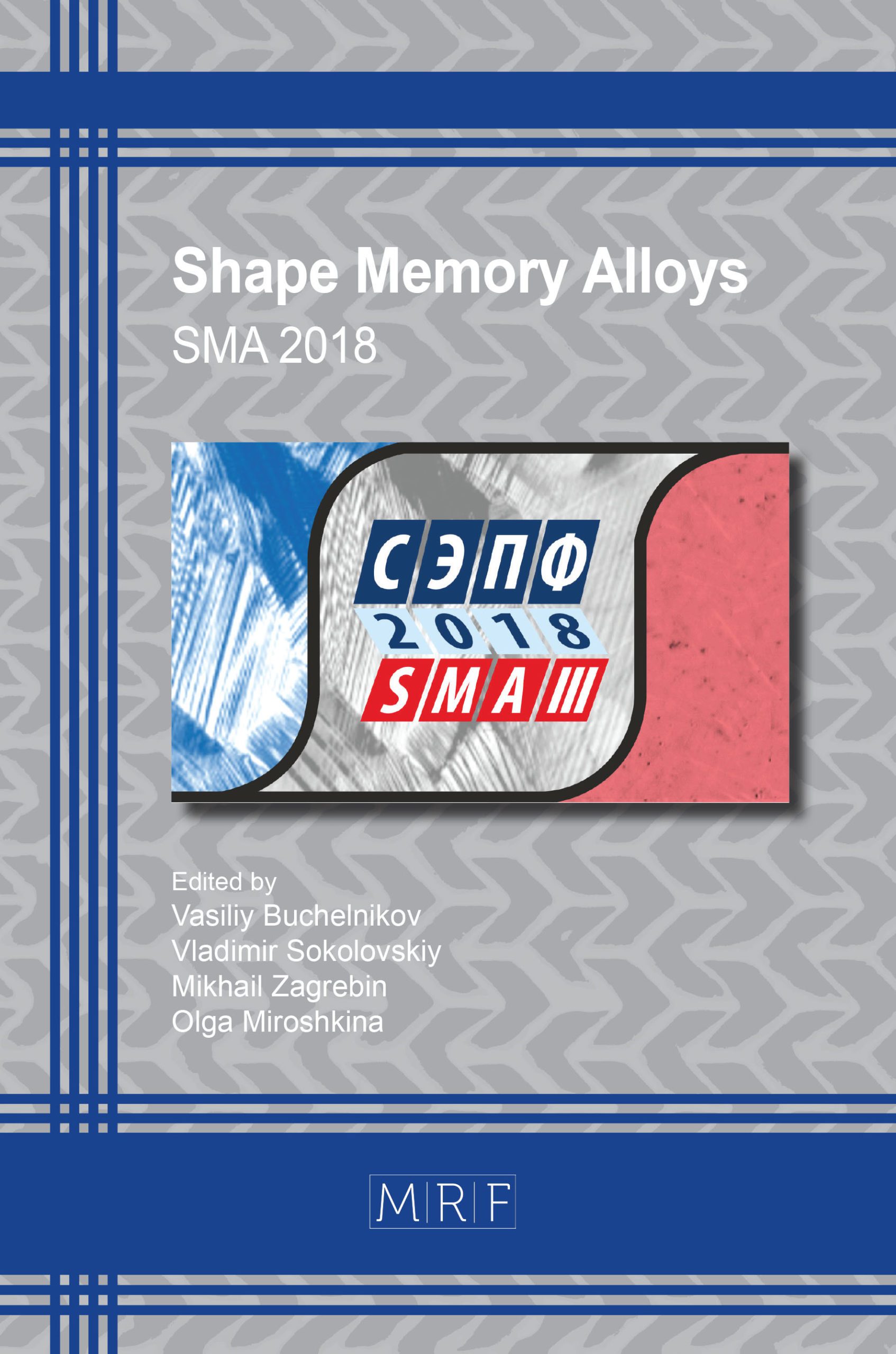Diamond-Like Phase Transformations of Martensitic Type
Vladimir A. Greshnyakov, Evgeny A. Belenkov
Abstract. Mutual phase transformations of polymorphic varieties of diamond were theoretically investigated by the density functional theory methods. The local density approximation and the generalized gradient approximation were used in the calculations. As a result of the calculations, it was found that the 2H diamond polytype can be obtained by compressing the 3C diamond polytype in the [110] and [211] crystallographic directions at pressures from 300 to 380 GPa. The compression of the diamond-like LA3 phase in the [100] direction results in the transformation of its structure into the structure of LA5 phase (the phase transition pressure is 160–169 GPa). At these phase transformations, the atoms in the structures are displaced by distances smaller than the interatomic distances, therefore they can be regarded as martensitic transformations.
Keywords
Diamond, Diamond-Like Phases, Polymorphism, Phase Transitions, Modeling
Published online 11/15/2018, 5 pages
Copyright © 2018 by the author(s)
Published under license by Materials Research Forum LLC., Millersville PA, USA
Citation: Vladimir A. Greshnyakov, Evgeny A. Belenkov, ‘Diamond-Like Phase Transformations of Martensitic Type’, Materials Research Proceedings, Vol. 9, pp 152-156, 2018
DOI: http://dx.doi.org/10.21741/9781644900017-29
The article was published as article 29 of the book Shape Memory Alloys
References
[1] A.G. Khachaturyan, Theory of Structural Transformations in Solids, fhird ed., John Wiley & Sons, New York, 1983.
[2] D.A. Porter, K.E. Easterling, M. Sherif, Phase Transformations in Metals and Alloys, CRC Press, Boca Raton, 2009.
[3] E.A. Belenkov, V.A. Greshnyakov, Structure, properties, and possible mechanisms of formation of diamond-like phases, Phys. Solid State 58 (2016) 2145-2154. https://doi.org/10.1134/S1063783416100073
[4] J.А. Baimova, L.Kh. Rysaeva, A.I. Rudskoy, Deformation behavior of diamond-like phases: molecular dynamics simulation, Diam. Relat. Mater. 81 (2018) 154-160. https://doi.org/10.1016/j.diamond.2017.12.001
[5] V.A. Greshnyakov, E.A. Belenkov, Simulation of the phase transition of graphite to the diamond-like LA3 phase, Tech. Phys. 61 (2016) 1462-1466. https://doi.org/10.1134/S1063784216100133
[6] V.A. Greshnyakov, E.A. Belenkov, Investigation on the formation of lonsdaleite from graphite, J. Exp. Theor. Phys. 124 (2017) 265-274. https://doi.org/10.1134/S1063776117010125
[7] V.A. Greshnyakov, E.A. Belenkov, Modeling of the formation of diamond-like phases from structural varieties of tetragonal graphite, Letters on Materials 7 (2017) 318-322. https://doi.org/10.22226/2410-3535-2017-3-318-322
[8] D. Kraus, A. Ravasio, M. Gauthier, D.O. Gericke, J. Vorberger, S. Frydrych, J. Helfrich, L.B. Fletcher, G. Schaumann, B. Nagler, B. Barbrel, B. Bachmann, E.J. Gamboa, S. Gode, E. Granados, G. Gregori, H.J. Lee, P. Neumayer, W. Schumaker, T. Doppner, R.W. Falcone, S.H. Glenzer, M. Roth, Nanosecond formation of diamond and lonsdaleite by shock compression of graphite, Nat. Commun. 7 (2016) 10970. https://doi.org/10.1038/ncomms10970































